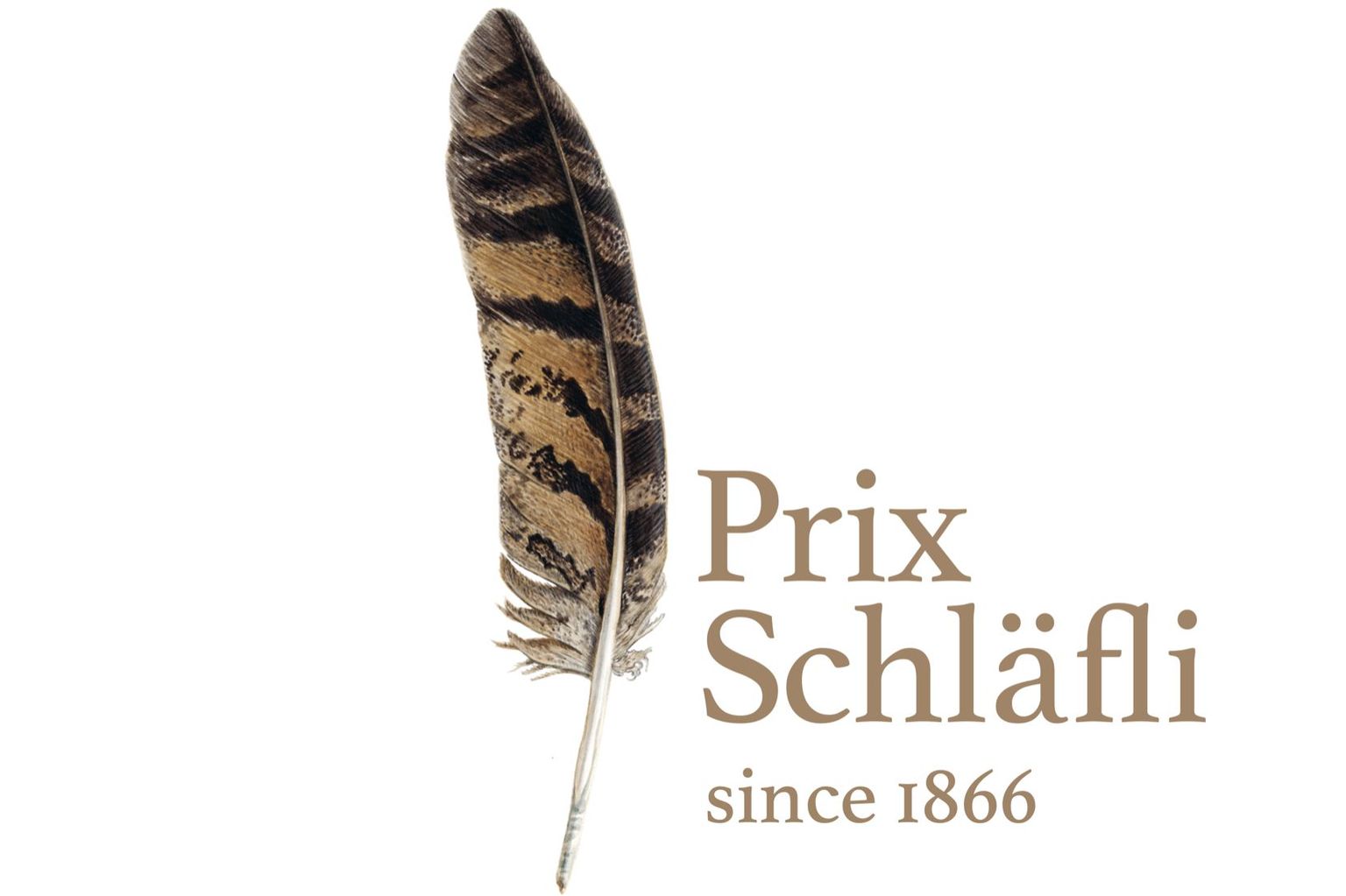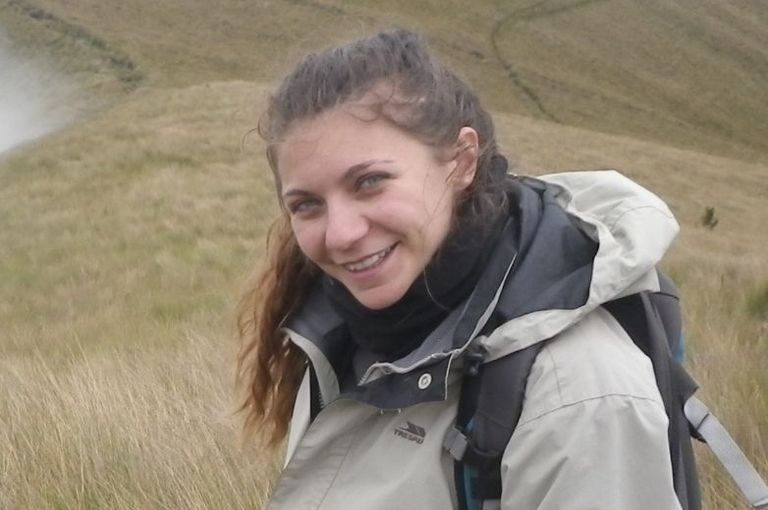
Ariadni Afroditi Georgatou – What igneous rock tells us about mineral resources
Prix Schläfli 2023: At the age of 32, Ariadni Afroditi Georgatou is already an internationally recognised pioneer in the area between volcanology and mineralogy. She has been awarded the Prix Schläfli in Geosciences for her dissertation on magmatic sulphide minerals at the University of Geneva.
Immagine: Bernando Beate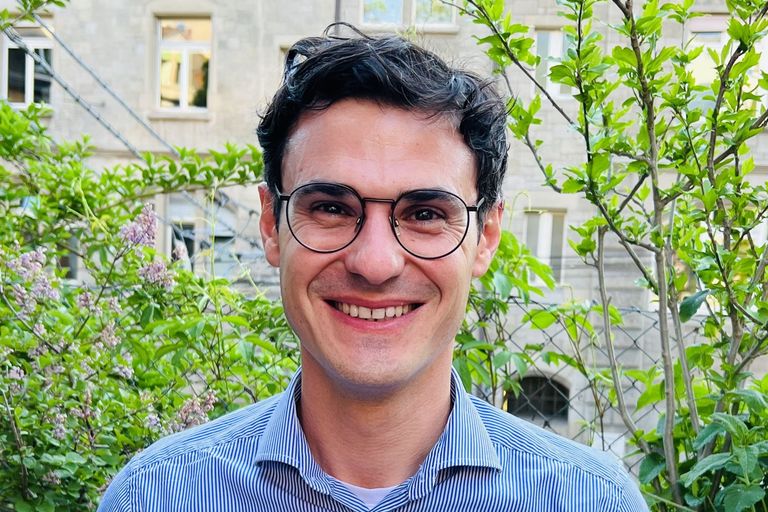
Luca Dal Zilio – A cautious prophet
Large earthquakes are once-in-a-century events with devastating consequences. Luca Dal Zilio has developed a model that describes the development of such events both temporally and geographically, and which could therefore become important for risk prevention.
Immagine: Victoria Lasheras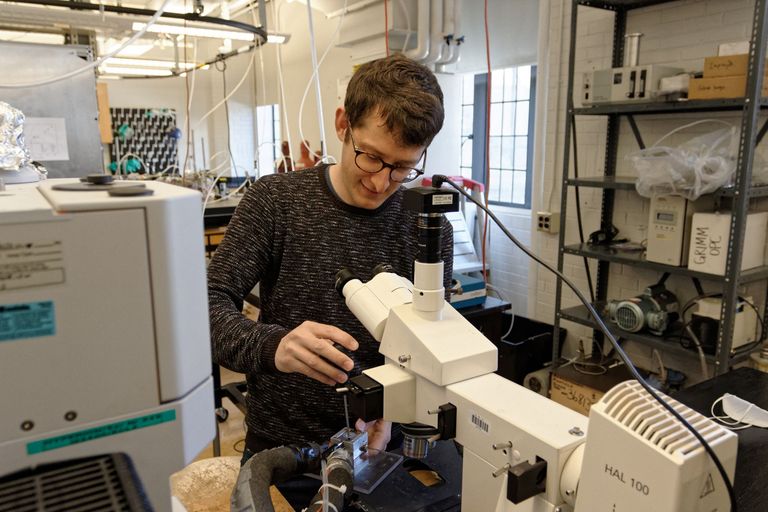
Fabian Mahrt – ice-cold climate research
His field of research is the smallest particles with a large effect: Prix Schlaefli award winner Fabian Mahrt has investigated the conditions under which carbon black (soot) forms ice particles. He first had to build the apparatus for the innovative experiments.
Immagine: Giuseppe J. Crescenzo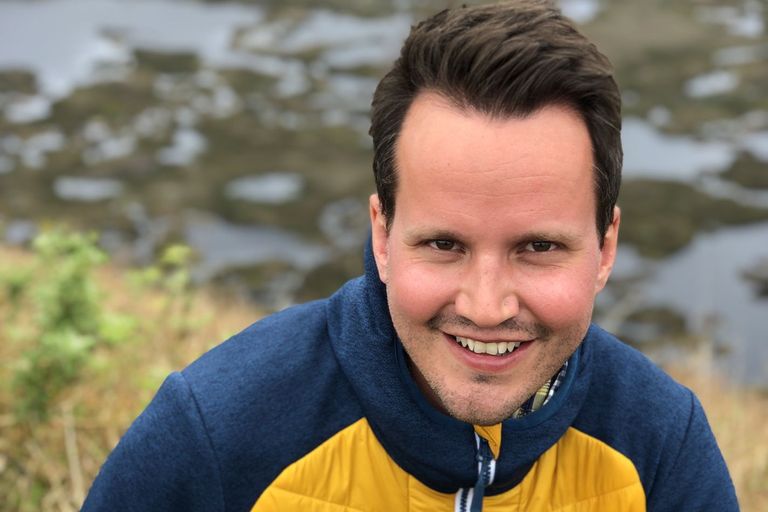
Fabian Rey – Tracing history through pollen
Fabian Rey has examined hundreds of thousands of pollen grains in his work analysing the history of land use and vegetation more precisely than ever before. This got him the Prix Schläfli award in Geosciences.
Immagine: Thomas StadlerJulie Zähringer - Bringing the extremes together
There is a small moment of confusion in our conversation with Julie Zähringer, which says a lot about her research and its particular challenges. She explained that she had done research "in an area" in which there was hardly any prior knowledge. By this, she did not mean a subject area, but a very concrete, physical one: Zähringer has worked on the margins of various nature reserves in Madagascar, where the local population is often caught in a mishmash of different national and international interests. So we are talking about geographical regions, and thus also about the people who live in them. We are therefore also talking about politics, local economies, and historically charged situations.
Immagine: Julie Zähringer
